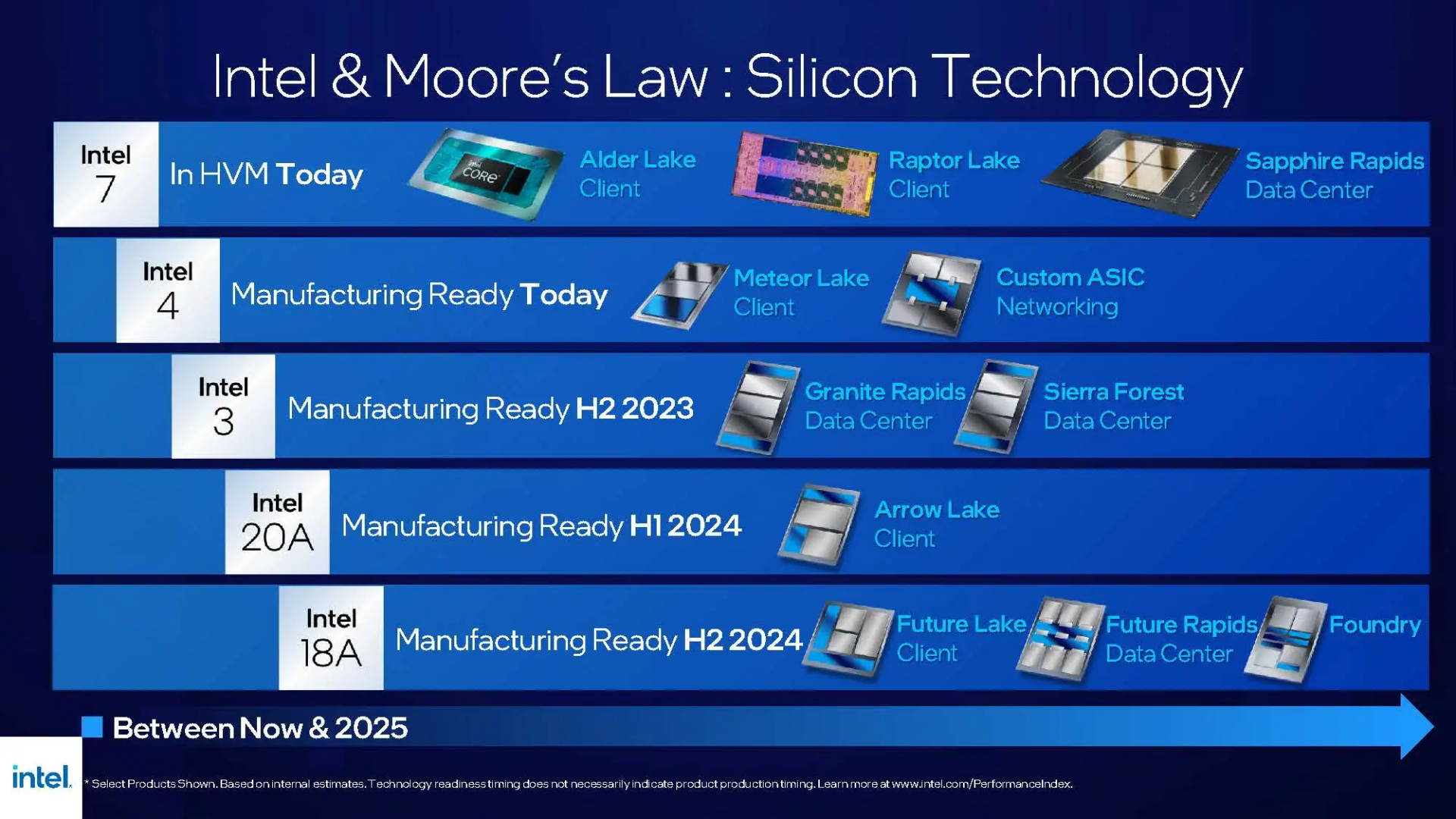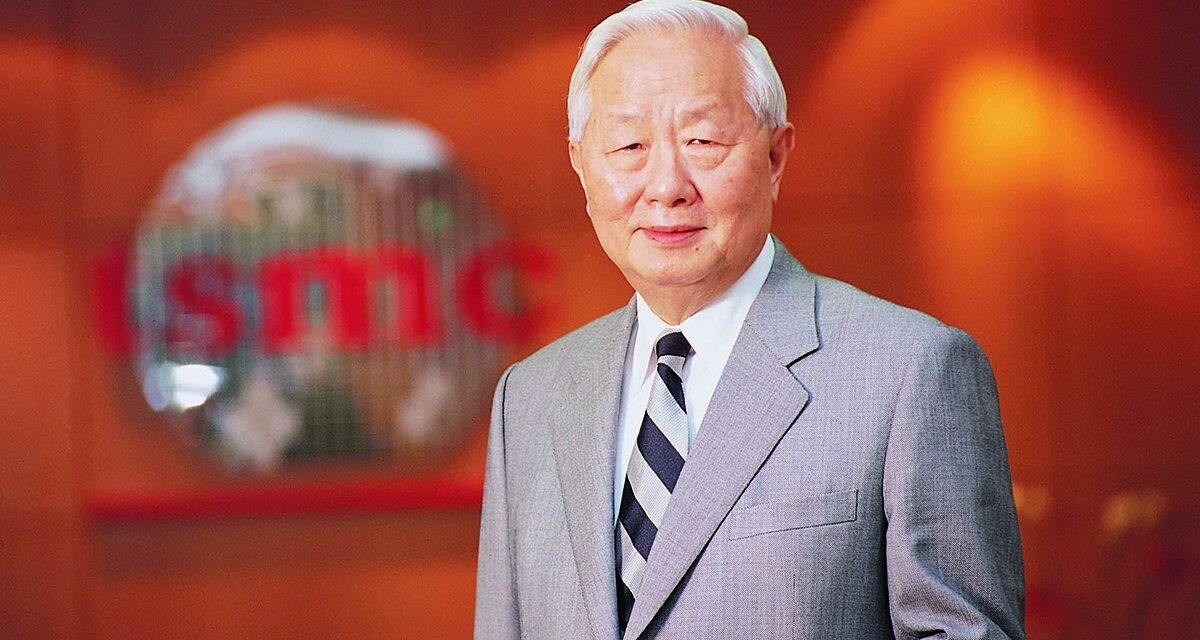Given Intel’s extensive track record of delaying products for several years alongside delays upon delays regarding advancements made to their process fabrication technology I can understand why the Taiwanese Semiconductor Mafia otherwise known as TSMC would boldly proclaim Intel as being incompetent.
It all really kicked off with Intel initially struggling to get their 14nm process out the door, with initial expectations set for a 2013 full scale release, it wasn’t until October 2014 until 14nm truly saw a large-ish volume scale production with the long since forgotten die shrink of the Haswell architecture, known as Broadwell.
Intel released Broadwell, with a revolutionary eDRAM “L4 Cache” design, failed to market the processor and swiftly shelved Broadwell, however in actuality Intel’s 14nm didn’t truly see full scale production until August 2015 with the release of first generation Skylake processors.

With projections of their 10nm process set in stone for 2015, a small blunder of 1-2 years with 14nm would simply be a minor hiccup on the road to semiconductor success…. well apparently not as Intel then spent the next four years re-releasing Skylake processors on an increasingly more refined 14nm processing node (Kaby Lake).
Before eventually being forced to stretch out the Skylake architecture with additional cores in the forms of 2017’s Coffee Lake, featuring a maximum of six cores, a Coffee Lake Refresh in 2018 featuring a maximum of eight cores before eventually ending Skylake’s legacy with 2019’s Comet Lake featuring a maximum of ten cores.
All of these revisions of Skylake while Intel 10nm continually faced delays and production woes, Ice Lake was basically non-existent, Tiger Lake was pure vaporware, despite projecting a 2015 production for 10nm it wasn’t until the second half of 2021 before Intel could actually nail a full scale production with Alder Lake, while Sapphire Rapids, their first so called “scalable” Xeon was subsequently delayed from 2020 before eventually releasing earlier this year.
Five years of delays on 10nm alone.

And they’ve since rebranded their entire fabrication naming scheme, renaming 10nm+ to “Intel 7”, 7nm to “Intel 4”, 7nm+ to “Intel 3” while 5nm and 5nm+ became Intel 20A and 18A respectively.
Currently Intel projects that they will be capable of manufacturing four different fabrication processes over six quarters with Node 4 in the second half of 2023, Node 3 in the first half of 2024, 20A manufacturing in the second half of 2024 alongside 18A.
It is highly speculated that Intel’s upcoming 15th Generation Arrow Lake CPUs will be taking advantage of their 5nm (20A) process node. Four nodes in six quarters, does anyone actually believe this nonsense?
Intel’s main competitor, TSMC isn’t buying into Intel’s half truths and checkered track record.
According to reports from money.UDN.com, Morris Chang, the founder of TSMC, has shared his perspective on the future challenges and strategic positioning of the company. Chang highlighted the growing complexities TSMC is expected to encounter due to geopolitical changes and intensified competition. Despite TSMC’s past achievements driven by operational efficiencies and substantial investments in research and development, Chang does not view Intel as a significant threat.
Chang pointed out that despite the support and backing Intel receives from various governments, it does not pose a significant threat to TSMC unless it enhances various aspects of its foundry operations, such as technological leadership, yield rates, and competitive pricing.
Furthermore, even if Intel Foundry Services achieves success, it will still pale in comparison to TSMC, as per Chang’s assessment.
The TSMC founder also highlighted the declining trends of globalization and free trade in the semiconductor industry. He emphasized that global policies and business strategies are increasingly focused on national security concerns. Chang underscored the crucial role that TSMC plays as a vital component in the technology supply chains of various countries, including Japan and Germany. This highlights TSMC’s strategic significance within the broader geopolitical landscape.

Chang also acknowledged the challenges that TSMC is anticipated to face, given the heightened competitive landscape exacerbated by geopolitical tensions. Additionally, he observed that other tech giants exploit geopolitical nuances to gain an edge over TSMC, thus presenting the foundry with even greater challenges.
Nevertheless, Chang emphasized that TSMC’s historical success has been built upon its ability to deliver extensive production capacity, cost-efficiency, and strong research and development. Therefore, he recommended that the world’s largest foundry continues to pursue its current strategy, leveraging these strengths to maintain its competitive advantages.
Simultaneously, Chang suggested that TSMC should expand its investments in both production capacity and process technologies to further solidify its position.

TSMC are planning on building an $8.6 Billion dollar factory in Kyushu, Japan and are planning another factory in Kyushu that is more advanced later on, while their upcoming plant in Arizona is continually met with delays and stoppages due to a lack of competent workers in the state of Arizona.
The state of Arizona indicates that 53.2% of its inhabitants are White, half of which are probably retired. A staggering 32.3% of Arizona’s population are Hispanic, while Blacks make up for 4.7% of the population there, so understandably Unions are criticizing TSMC for being unable to find skilled enough workers to construct their $40 billion manufacturing plant, which aims to produce TSMC 3nm wafers starting from 2026 onwards.
It’s racist to refuse to employ migrant workers who don’t meet the qualifications for the task at hand.
Intel on the other hand are prepping a whopping $25 billion dollar factory in Kiryat Gat, Israel which is set to begin operations in 2027 employing thousands, they’ve also received a lovely €10 billion Euro subsidy amidst preparations for two chip-production plants in Magdeburg, Germany alongside another $4.6 billion plant in Poland.
Intel will more than likely take a larger bite than they can chew when it comes to their promises for Intel 4, Intel 3, 20A and 18A as all four of these nodes are set to begin limited forms of production quite literally one after the other in a very short time frame, Intel is notorious for providing disappointments and delays in recent history while they themselves are becoming more dependent upon TSMC with the production of ARC Alchemist and beyond, TSMC also continues to advance their fabrication processes on time without hinderance, further increasing the technological gap between them and the likes of Intel.
Morris Chang is 92 years old and speaks absolute sense, it’s highly unlikely that Intel will manage to curb stomp their fruitless developmental delays and actually advance their own semiconductor sector to rival TSMC once again before Chang unfortunately passes away.

